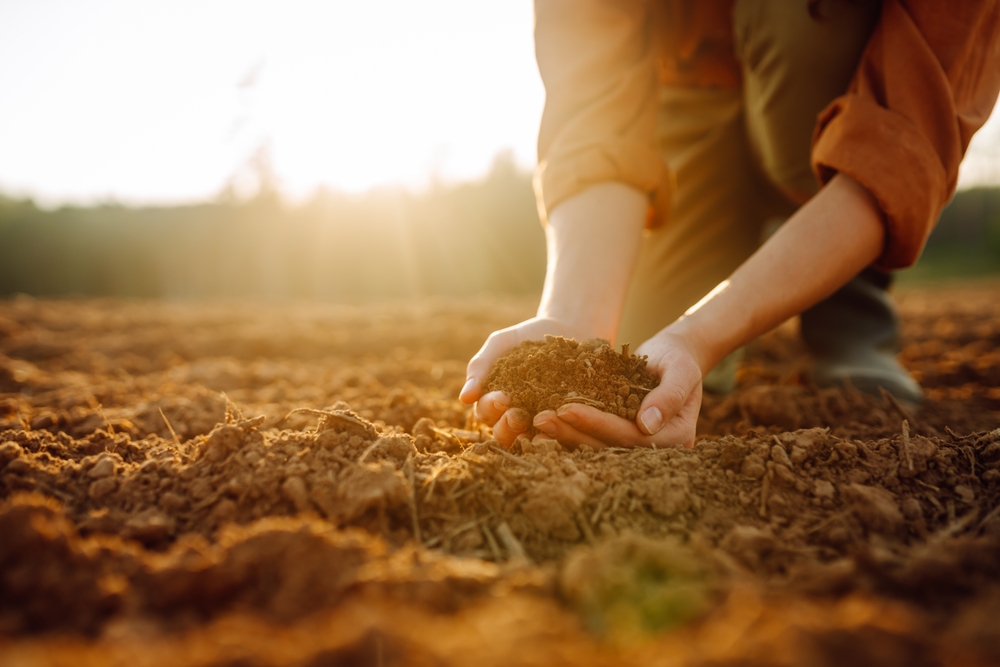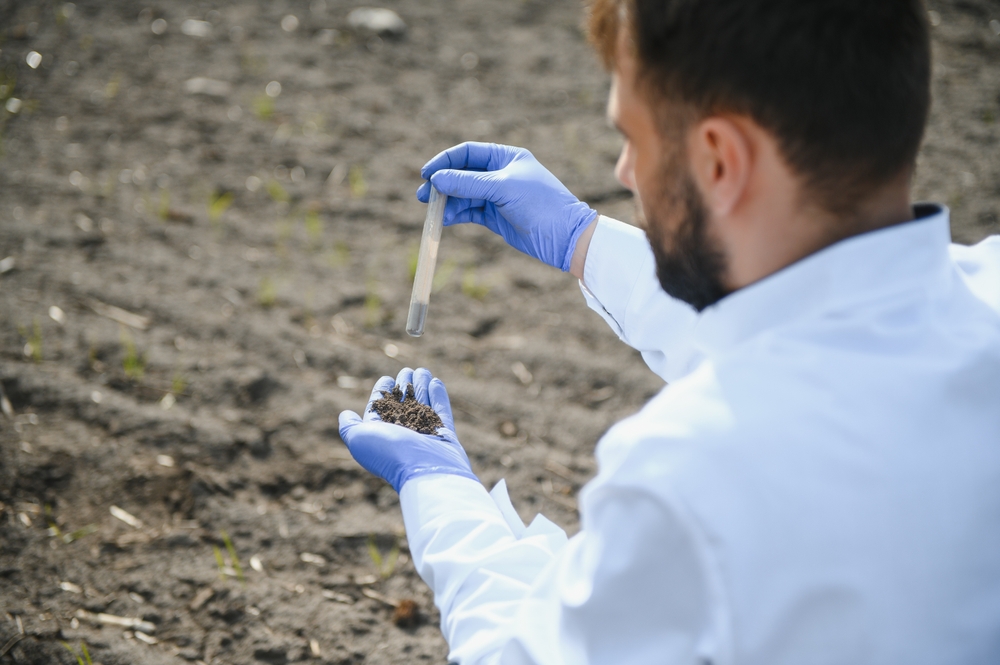
Image Source: Shutterstock.com
If your garden could talk, late autumn would be the time it lets out a long sigh and says, “Please, just fix my pH before I go to sleep.” It’s easy to forget that soil doesn’t stop working when the air gets cold—it keeps quietly preparing for next spring. But here’s the catch: if your soil’s pH is out of balance, even the richest compost and best fertilizers won’t help your plants thrive. Getting the pH right before winter isn’t just about science—it’s about giving your garden the best possible head start for the next growing season.
So grab your gloves, your testing kit, and maybe a cup of something warm, because it’s time to get your hands dirty.
Why Soil pH Matters More Than You Think
Every plant has a sweet spot when it comes to pH—the balance between acidity and alkalinity that helps it absorb nutrients efficiently. When your soil leans too acidic or too alkaline, nutrients like nitrogen, phosphorus, and potassium become trapped, making your plants struggle even when you’re feeding them properly. Most garden plants prefer a pH between 6.0 and 7.0, a range that feels like a cozy blanket for their roots. Before winter hits, adjusting your soil’s pH ensures that nutrients stay accessible during those crucial early-spring months when growth kicks back in. Think of it as tuning your soil’s instrument before the concert of spring begins.
Testing: The First Step to Soil Sanity
You can’t fix what you don’t measure, and that’s where soil testing comes in. A basic pH test kit from your local garden center or extension service can reveal a lot about your soil’s chemistry. The process is simple—collect samples from different areas, mix them, and follow the test instructions to get your reading. If your soil falls below 6.0, it’s too acidic; above 7.0 means it’s too alkaline. Testing before winter gives you time to make adjustments and let the changes mellow naturally during the colder months.

Image Source: Shutterstock.com
If It’s Too Acidic: Time for a Lime Lift
When your soil is too acidic, lime is your best friend. Garden lime (also known as agricultural limestone) helps neutralize acidity and restore balance, making nutrients available again. There are two common types—calcitic lime, which adds calcium, and dolomitic lime, which adds both calcium and magnesium. Spread it evenly over your soil, using a rake or tiller to mix it a few inches deep for best results. Because lime works slowly, applying it in late fall gives it plenty of time to take effect before spring planting begins.
If It’s Too Alkaline: Sulfur to the Rescue
On the other side of the spectrum, overly alkaline soil needs a bit of acidifying magic, and elemental sulfur is the go-to fix. It works by gradually converting to sulfuric acid in the soil, bringing the pH back down to a plant-friendly level. This process is slow—think months, not weeks—which is why fall is the perfect time to start. You can also use organic materials like pine needles or peat moss to help lower pH gently over time. A good soil mix is like a good stew—it needs time for the ingredients to blend.
Organic Matter: Nature’s Secret Weapon
Balancing soil pH isn’t just about adding chemicals—it’s also about feeding your soil with organic matter. Compost, leaf mold, or well-rotted manure not only improve structure and drainage but also act as natural pH buffers. They help prevent wild swings in acidity or alkalinity by stabilizing the soil’s ecosystem. Fall is the best time to mix in organic matter since decomposition slows in the cold, locking nutrients in until spring warmth awakens the microbes. By layering compost and mulch before winter, you’re essentially tucking your garden in with a cozy, nutrient-rich blanket.
Watering Smart Before the Freeze
Here’s something many gardeners overlook: how you water in late fall can influence pH adjustments. If you’ve added lime or sulfur, light watering helps activate these amendments and move them deeper into the soil. But you don’t want to drench your garden right before a freeze—that can cause compacted, frozen ground that’s hard on roots and microbes. The trick is balance: enough moisture to help the chemistry start working, but not so much that you create soggy conditions. Your goal is to keep the soil damp, not drenched, as winter approaches.
The Magic of Microbes in pH Balance
Soil microbes are the unsung heroes of pH management. These tiny organisms help break down organic matter and regulate nutrient availability, keeping your soil in chemical harmony. However, they’re sensitive to extremes—too acidic or too alkaline, and their populations decline. When you correct pH in the fall, you give microbes a fighting chance to thrive again come spring. A healthy microbial community means stronger roots, better growth, and plants that are ready to take on whatever nature throws their way.
Monitoring Over Time: The Secret to Lasting Balance
Even after you’ve adjusted your soil, it’s important to keep an eye on it. Soil pH naturally shifts with rainfall, fertilizers, and even what you plant. Testing once a year—ideally before winter—helps you catch imbalances early and avoid overcorrecting. Remember, pH changes slowly, so patience pays off. The goal isn’t perfection overnight; it’s steady improvement that lasts season after season.
A Winter Gift That Keeps Giving
Balancing your soil pH before winter isn’t glamorous, but it’s one of the smartest things you can do for your garden. It sets the stage for a healthier, more resilient ecosystem when spring returns. Imagine planting next year’s vegetables or flowers in soil that’s already perfectly tuned to their needs—that’s what this preparation delivers. It’s a quiet investment with big rewards, transforming your garden from “pretty good” to “absolutely thriving.” Winter may look like a time of rest, but in the soil, it’s a time of transformation.
Your Soil’s Best Winter Sleep
Balancing your soil pH before winter might not give you instant gratification, but it’s one of those behind-the-scenes moves that pays off big time. By testing, amending, and nourishing your soil now, you’re ensuring it wakes up ready for action when spring returns. Your garden will thank you with stronger growth, richer colors, and healthier yields. Don’t wait until next season to find out your soil was off balance—get ahead of the game now.
Have you tried adjusting your soil’s pH before winter? Share your thoughts, stories, or tips in the comments below.
You May Also Like…
How Soil Microbes Shift With Cooler Weather
5 Soil Amendments That Work Best in Fall Rains
Why Some Seeds Germinate Better in Cold Soil
How Earthworms Work Harder in Fall Soils
8 Crops That Should Never Be Left in the Ground Over Winter
Leave a Reply